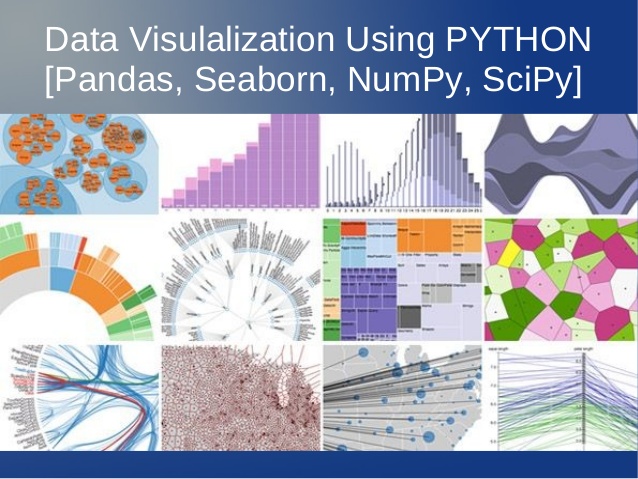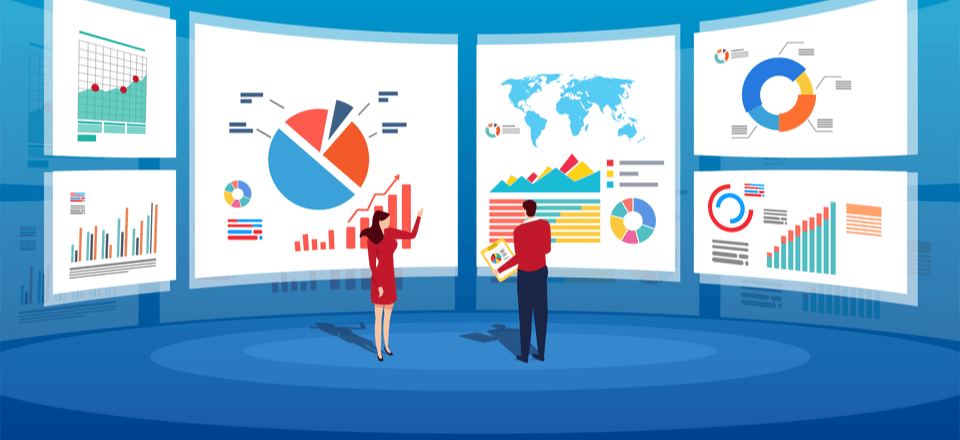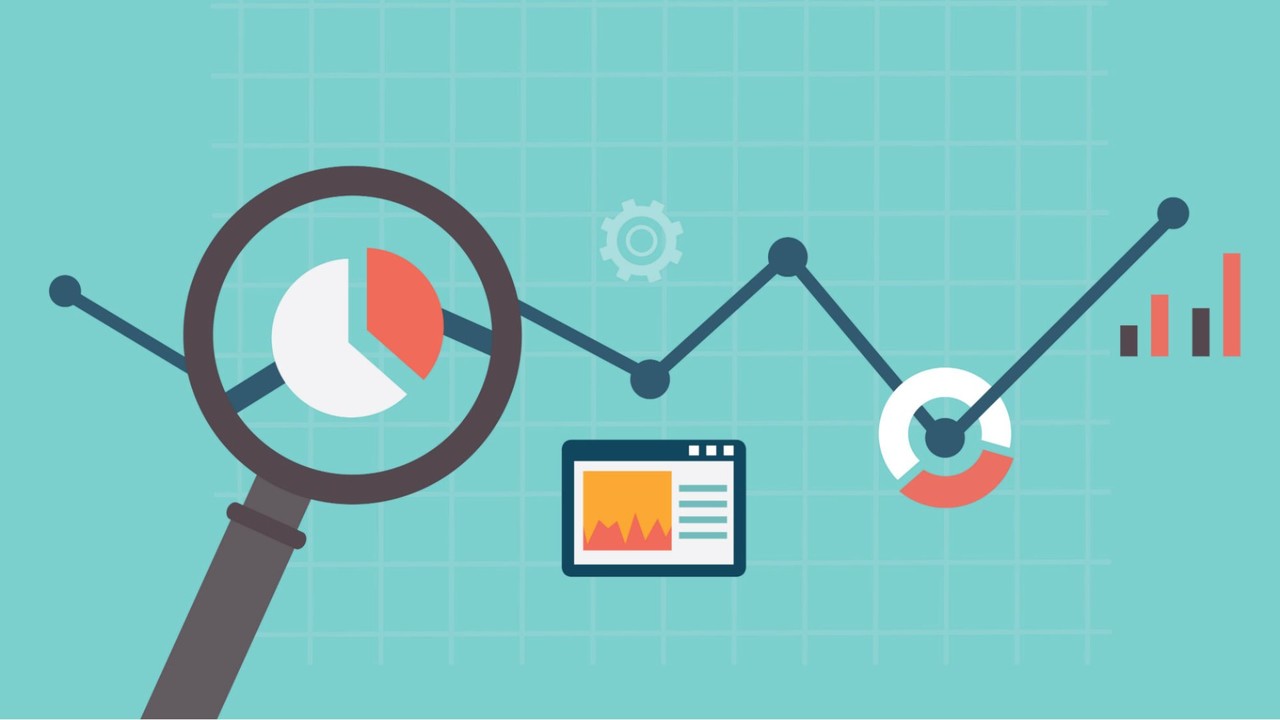Introduction
Data science has become one of the most valuable skills in the tech market. Before the data science evolution, it would take up to 11-12 years to finish processing the data of millions of test cases. But now, it takes months, sometimes just weeks! So, how long does it take to learn data science? Amazingly, you can be a data scientist in just a year. It depends on your learning pace and consistency. Let’s look at the tentative time it takes to become a data scientist and why you should become one.
Table of Contents
- Why Opt For a Data Science Career?
- How Long Does It Take to Become a Data Scientist?
- Month 1: Data Science Toolkit
- Month 2: Data Visualization
- Month 3: Data Exploration
- Month 4: Basics of Machine Learning and the Art of Storytelling
- Month 5: Advanced Machine Learning
- Month 6: Unsupervised Machine Learning
- Month 7: Recommendation Engines
- Month 8: Working with Time Series Data
- Month 9: Introduction to Deep Learning and Computer Vision
- Month 10: Basics of Natural Language Processing
- Month 11: Model Deployment
- Month 12: Projects and Jobs
Why Opt For a Data Science Career?

Machine learning and AI are taking over the world, thanks to the continuously evolving technology world. The data science market revenue is estimated to reach $322.9 billion by the year 2026. The accelerating adoption of technology, big data, and ML algorithms in businesses has led to a fast growth of data science.
According to the BLS (Bureau of Labor Statistics), a data scientist earns about $1,00,000 on average. With numerous career opportunities available, you can become a data analyst, data scientist, etc., with a high pay scale that serves your skills.
How Long Does It Take to Become a Data Scientist?
The journey to becoming a data scientist can be different for every individual. You can learn data science in 12 months if we divide each month into specific topics. Anyone can master the art of data science within a year with consistent efforts and a zeal to learn.
However, the learning curve depends upon the consistency and the time you spare to learn data science. Some individuals can master data science in comparatively less time due to their prior knowledge of data science.

Follow along and learn the basic and complex concepts of data science within 12 months. Let’s see how long it takes to learn data science with the content blueprint for every month.
Month 1: Data Science Toolkit
Let’s kickstart your journey of becoming a data scientist with basic data science tools. The basic understanding of data science is developed by learning common but essential data science tools, which include Python and its libraries like NumPy, Panda, Matplotlib, and Seaborn, which can set a strong foundation for the upcoming months.
Month 2: Data Visualization
After laying a strong foundation, we move on to the next stage of becoming a data scientist and mastering the art of data visualization. Get familiar with the data visualization tools, such as Tableau, and techniques to plot graphs, distribution maps, etc. It will also embark on the new beginning of learning SQL.

Month 3: Data Exploration
The third month focuses on data exploration with the help of hidden data. Data exploration refers to exhibiting informational data in the form of crucial insights. This month will teach you how to explore the data with EDA (Exploratory Data Analysis). You can expect to learn the basics of statistics required to become a data scientist.
Month 4: Basics of Machine Learning and the Art of Storytelling
This month will begin your adventure into the wonders of machine learning. You will learn the basics of machine learning and get familiar with the technical terms and techniques. You will uncover the art of storytelling with the help of structured thinking this month.

Month 5: Advanced Machine Learning
Things will start to get serious from the fifth month as you will learn the advanced machine-learning algorithms to elevate your skill set. In this month, you can expect to learn feature engineering and how to work with text and images.
Month 6: Unsupervised Machine Learning
In this month, learn to work with unstructured and unlabeled data. Learn to handle the unstructured data with unsupervised machine learning algorithms, such as PCA, clustering, K-Means, anomaly detection, etc. You will finally set your foot in the world of projects.
Month 7: Recommendation Engines
Recommendation systems are the backbone behind the precise recommendations by Netflix, YouTube, Zomato, etc. In the seventh month, learn the logic behind different recommendation techniques and how to build recommendation engines. Also, unleash the exciting project further.
Month 8: Working with Time Series Data
Many organizations across the world depend on time series data to observe the repeated measurements of a dataset over time. In this month, learn how to handle the time series data, along with effective techniques to solve the problems on time series.

Month 9: Introduction to Deep Learning and Computer Vision
Do you ever wonder how self-driving cars and mask-detection cameras work? Deep learning and computer vision are the pioneers behind revolutionary innovations like this in AI. This month will initiate your journey to learn the basic techniques of deep learning algorithms. You will be implementing this knowledge by solving various computer vision projects.
Month 10: Basics of Natural Language Processing
If you have ever used ChatGPT, it processes text based on the NLP algorithm. In this month, you will be paying attention to natural language processing. In this month, you will dive deep into the deep learning architectures and solve the projects based on NLP.
Month 11: Model Deployment
Well, you are finally at the step to deploy your own data science models and implement your knowledge to practical use. You will be focusing on various ways to deploy your model. It includes learning how to streamline the deployment process, Deployment of data science models using Flask, and using AWS to your advantage.
Month 12: Projects and Jobs
Hooray! You are completely ready to enter the sea of opportunities from this month. Start building a strong portfolio with various projects and apply for different internships and jobs in your dream company.
With an understanding of how long it takes to learn data science, it all boils down to your familiarity with some of the topics listed above. If you do possess a basic understanding of relevant concepts, you can start your glorious career to become a data scientist in just 6-8 months.
Conclusion
The world of AI and data science is intriguing because of how fast things are evolving. After decoding how long it takes to learn data science, the next big question is where to find the right resources that lead to becoming a master of data science and AI.
Analytics Vidhya got you covered with their extensive AI and ML Blackbelt+ program. Consider it as a compilation of all the comprehensive courses offered by Analytics Vidhya that will set a detailed path for your AI journey.




